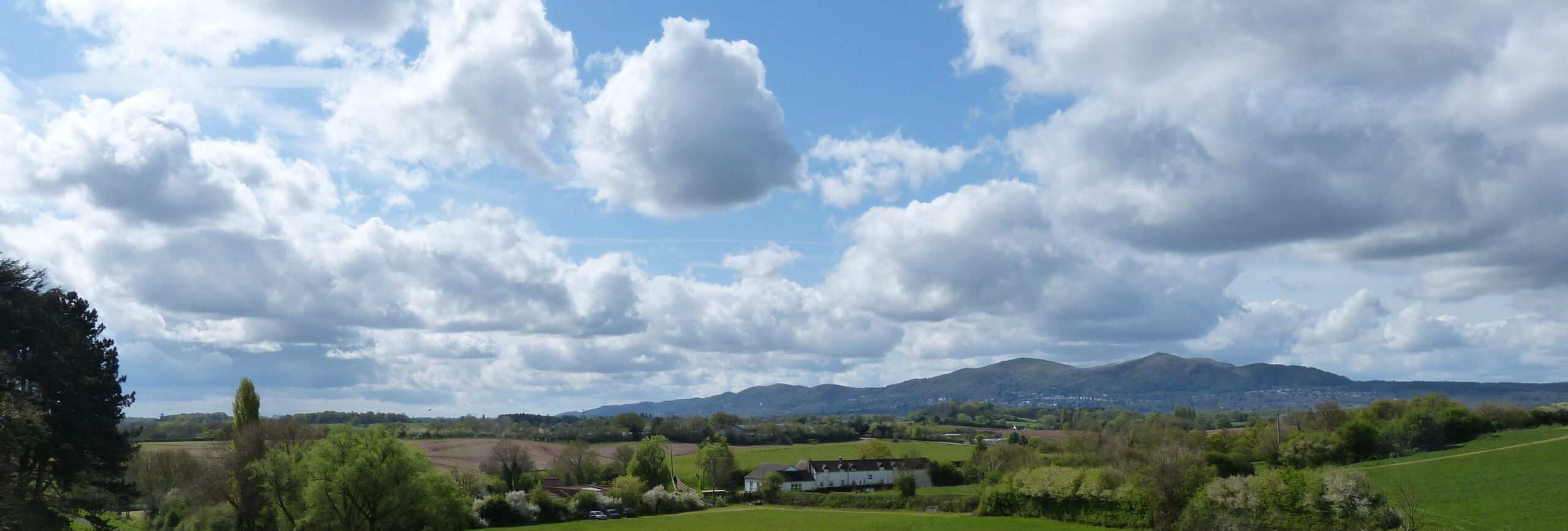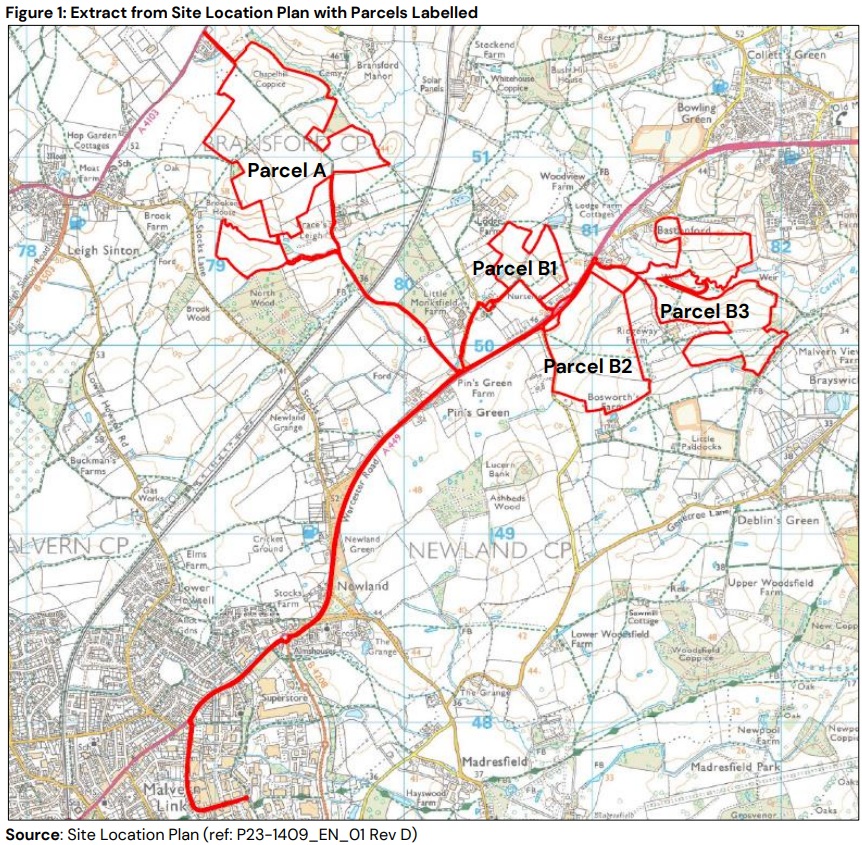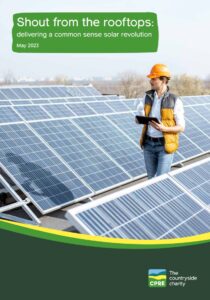
The Monksfield Solar Farm planning application is for an industrial scale development submitted by a UK subsidiary of German company Rheinisch-Westfälische Elektrizitätswerk (RWE).
If allowed to proceed, the development would:
-
Be 271 acres in size, equivalent to more than 170 football pitches
-
Feature a ground-mounted solar array (solar panels), Battery Energy Storage Systems (BESS’s), Sub-station and 15m communications mast and other associated equipment
-
Require a 4.1km cable to be laid along route of the A449 to enable connection to the grid at Spring Lane, Malvern Link
RWE anticipate that the site will take 12-18 months to construct and will be operational for 40 years
Links to key planning application documents, from which the information on this page is extracted, are provided on this page.
Note if any RWE people are reading this page, it is “Worcester”, not “Worchester” as you stated for the location address on page 1 of the planning application form. Maybe there is an error in your German translation software?
Key Features
Location Map
The map below is taken from RWE’s Planning Statement. Malvern Link is at the bottom left of the map, with Powick top right and Worcester off the map to the north east. The main A449 between Worcester and Malvern flows from top right to bottom left; it is covered in red for much of the route as this is where a cable would need to be laid to connect the site to the grid.

Monksfield Solar Farm comprises 4 parcels of land located either side of the A449 between Worcester and Malvern near to the villages of Powick (incl, Collet’s Green and Bowling Green), Leigh Sinton, Bastonford and Bransford.
The site plan also shows the route of the cable between the solar complex and the sub-station grid connection on Spring Lane, Malvern Link. This cable will require roadworks that RWE have said will take a minimum of 7 months to lay.
The scale of the development immediately becomes apparent when set against the relative sizes of the respective villages. ParcelB3, for example, is itself larger in area than the whole of the Hospital Lane estate.
It can be seen that several public rights of way pass through the development site; these are regularly walked by local residents and visitors to the area.
To help you visualise it further, we have reproduced a view from the Malvern Hills as submitted by Malvern Hills National Landscape as part of their objection to this planning application:

The Solar and BESS Complex
The site would comprise lots of solar panels 2.8m (9 feet) high.
There would be 13 BESS compounds each comprising 4 battery containers, 4 converters and an inverter container. Some of these compounds will be surrounded with 3m high accoustic fencing to reduce noise.
A sub-station and associated equipment will be provided in parcel B1 along with 15m (49 feet) communication mast.
2m (6.5 feet) high stock fencing will surround the complex along with CCTV cameras mounted on 3m (10 feet) posts.
Public Rights of Way (PRoW)
The planning statement says that “Existing PRoW will be retained and enhanced by setting them within an improved landscape of wildflower meadow, with picnic benches and information boards provided in appropriate locations”.
We guess this is subjective, as some people may enjoy looking at solar panels, BESS compounds, fencing and CCTV cameras mounted on 3m posts, but most residents that we have consulted:
- Would prefer to retain views of the Malvern Hills that will be obscured by the 2.8m solar panels and 3m BESS Compounds
- Are quite happy with the existing benches and the meadows that have already been planted and struggle to see how having the meadows underneath solar panels will enhance them
- Cherish the privacy, remoteness and tranquility of the existing PRoW’s
Ecology
The planning statement says: “Tussock meadows are proposed at appropriate locations to deliver improved year-round foraging for a variety of bird species including skylark. Bee hives, bug hotels, owl boxes and bat boxes will be provided at appropriate locations”
We note that the DEFRA are already paying the owner of land in Parcel B3 to enhance the land, including the provision of winter seed for birds, for example, and therefore struggle again to understand how much improvement is being provided given the solar panels and noise that will be created by the BESS compounds which we imagine is not ideal for wildlife.
Community Benefit Area
The planning statement says: “The community benefit area will be positioned close to Bastonford and will incorporate PRoW 625(C). It will comprise orchard tree planting, a wildflower meadow, mown paths, various seating options and interpretation boards.”
We are a little concerned that not only is this area inaccessible for visiting school children except by car, it is proposed on boggy land and thus not really suitable for growing an orchard.
Site Selection
RWE provides a rationale for its site selection which appears to be that it was the best site it could find within the search corridor it selected. This may well be the case they seem to have somewhat limited their search corridor by picking this connection point. Examining the national grid network opportunities map suggests that (a) it doesn’t have 49.9MW of connection headroom and (b) there are plenty of other connection points showing green within the vicinity.
More importantly, the planning application does not consider the massive opportunity to generate solar energy from the roofs of domestic dwellings and businesses. A report commissioned by CPRE (the Campaign to Protect Rural Environment – the countryide charity) suggests that “installing solar panels on new buildings, existing large warehouse rooftops and other land such as car parks, could provide at least 40-50 gigawatts (GW) of low carbon electricity, contributing more than half of the total national target of 70GW of solar energy by 2035″.
We urge you to read this report (see link on this page) and consider whether the impact on the beautiful landscape in the setting of the Malvern Hills is worth ruining when straight forward alternatives exist which would not add to urbanisation. The justification for the location of this proposed development is driven by corporate greed, not green ideology.
If RWE really had sound green credentials and were pushing this development on this basis, why do they sue governments for their climate change policies sue governments for their climate change policies to protect their fossil fuel industries?
QUICK LINKS
Planning Application
Download the Planning Application Form
Click to Download the Planning Statement
Click to view the planning application on the MHDC Planning Portal
Click to download the CPRE Solar on Roofs Report

